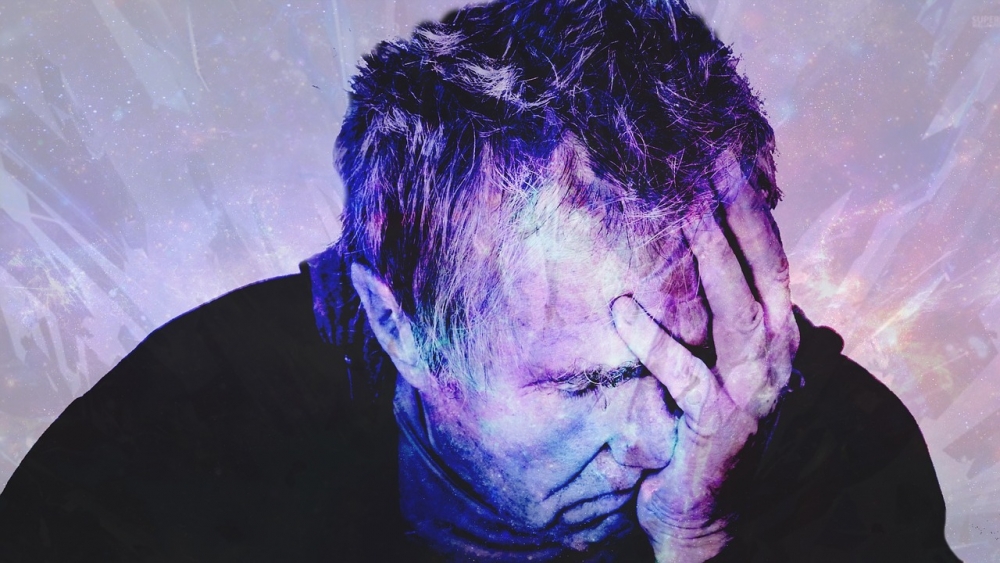Chronic Headache and facial pain
Chronic headache and facial pain in numbers
Chronic headache and facial pain forms a significant part of the workload in primary care as well as secondary chronic pain clinics. Chronic daily headache, of one form or another, is the most frequent presentation. The definition of this is a headache that is present more than 15 days per month and for more than 4 hours on each occasion. Chronic daily headache (CDH) can occur in a variety of forms and this is an umbrella term for a number of different presentations of headache. This includes transformed migraine (TM), chronic tension type headache (CTTH), new daily persistent headache (NDPH) and hemicrania continua (HC).
Approximately 80% of chronic headache sufferers are women. Migraine makes up about 60% of all cases of chronic daily headache and tension type headache another 20%.
Chronic headache accounts for about 4-5% of consultations in primary care. It is seen in about 4-5% of the adult population at any one time and this equates to about 6 million adults in the UK, or 45,000 adults in Northern Ireland. The majority of these individuals suffer from chronic migraine or chronic daily headache.
Should i get a brain scan?
Over 99% of cases of chronic headache and facial pain are classified as primary headache. In other words, the headache itself is the primary condition, and it is not being caused by something else in the head, like a tumour or a bleed. For this reason, in the vast majority of cases of chronic headache and facial pain, a brain scan will be normal and will not have any diagnostic value (other than reassurance).
Furthermore, there are no diagnostic blood tests for the majority of cases of chronic headache and facial pain and physical examination is also often normal. This means that we usually diagnose chronic headache and facial pain by the description of the pain and compare this against recognised diagnostic criteria. This, however, can be further complicated by the possibility that two types of headache may be present at the same time, an overlap of symptoms or an atypical presentation of the headache.
People with a chronic headache are often, understandably, anxious to get a brain scan to help make the diagnosis. While this is usually not necessary, there are occasions when this is needed. To help decide if a brain scan is needed, there are a number of features about the headache that might give a clue that this is caused by another condition.
- SYSTEMIC SYMPTOMS – ie fever, weight loss, night sweats
- NEW NEUROLOGICAL SYMPTOMS OR ABNORMAL SIGNS – ie confusion, localised weakness or numbness, impaired consciousness)
- SUDDEN ONSET- ie abrupt, or split-second (Thunderclap headache)
- ONSET AT AN OLDER AGE- ie new onset and progressive headache, especially in middle i.e. age over 50 years eg giant cell arteritis
- CHANGING HEADACHE HISTORY- ie a change in pattern of an existing or established headache
- SIGNS OF INFECTION – i.e. fever, confusion, stiff/sore neck, sensitivity to bright light
- TRAUMA – ie recent head injury
common presentations of chronic daily headache and facial pain
- Chronic (Transformed) Migraine
- Chronic Tension type headaches
- Occipital neuralgia
- Cervical pain may radiate to occipital or facial area
- Cluster headache and other trigeminal autonomic cephalalgias
- Trigeminal neuralgia
- Temporomandibular joint pain
- Atypical facial pain (can be associated with MS)

What can i expect from my consultation?
- A full, detailed history concentrating on your head and face pain
- A thorough head, neck and facial examination as indicated
- If indicated, rapid access to relevant investigations, including with high resolution MRI or CT scanning (see above)
- A full explanation of your head and face pain
- An individual treatment plan based on your particular needs and preferences
- Access to appropriate analgesic medications
- A range of minimally invasive pain management procedures (nerve blocks, trigger point injections, cervical facet nerve blocks)
- Botulinum Toxin A (Botox) treatment for chronic migraine (as per NICE TA260 regulation)
- Radiofrequency (PRF) treatment – can be considered for trigeminal neuralgia
Other frequently seen chronic pain conditions
i am happy to consult on a number of other chronic pain conditions, including:-
- Spinal Pain (Low back or neck)
- Chronic headache (Including chronic migraine)
- Sciatica
- Fibromyalgia
- Neuropathic Pain (Nerve pain)
- Sacroiliac Joint Pain
- Widespread joint (Arthritic) pain
- Myofascial Pain (Muscle pain)
- Trochanteric Bursitis
- Knee Pain
- Chronic Facial Pain
- Post Surgical Pain
- Trigeminal Neuralgia
- Whiplash Injury
- Post Hepretic Neuralgia (Shingles pain)
- Adhesive Capsulitis (Frozen Shoulder)
- Chronic Abdominal Wall Pain (ACNES)
- Coccygeal Pain
- Painful Diabetic Neuropathy (PDN)
- Plantar Fascitis


